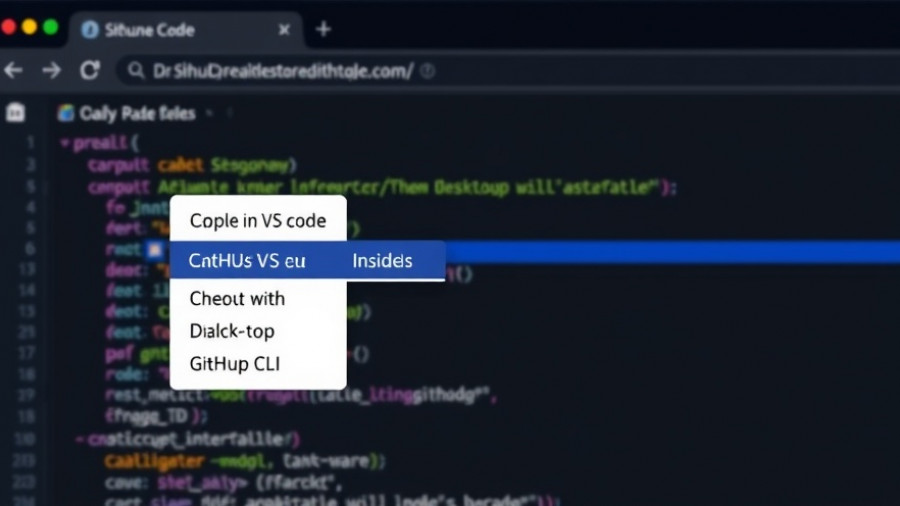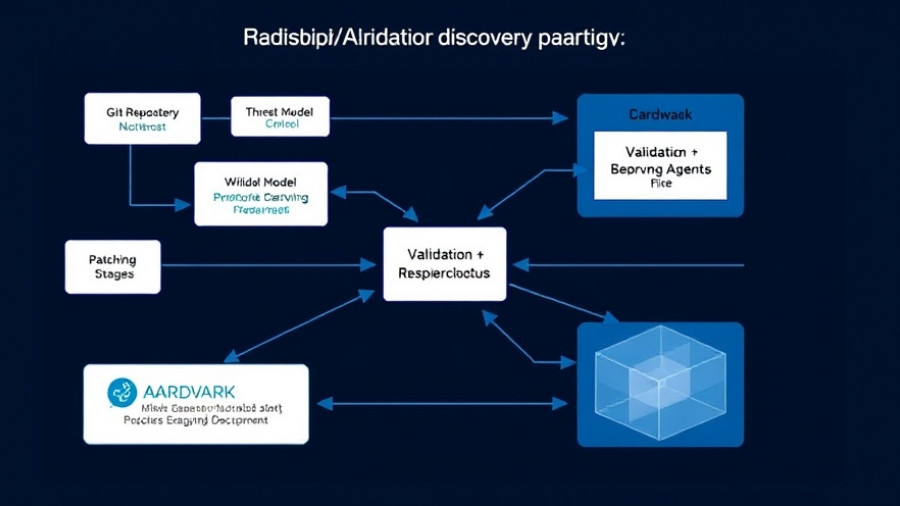
AI Agents Revolutionizing Cloud Efficiency
As artificial intelligence continues to advance, AI agents are becoming essential in enhancing cloud environments. These agents, designed to perform tasks like data analysis and decision-making, are now ubiquitous across cloud platforms such as Amazon Web Services and Microsoft Azure. Their ability to automate processes leads to remarkable efficiency gains, allowing businesses to operate faster and more effectively. However, this transformation comes hand-in-hand with new challenges, particularly concerning cybersecurity.
Navigating the Expanding Attack Surface
With AI agents gaining ground, their integration into cloud systems inadvertently opens up new vulnerabilities. Reports emphasize how these agents can enhance productivity while simultaneously becoming conduits for cyber threats. For example, prompt injection attacks undermine the trustworthiness of these systems, allowing bad actors to exploit weaknesses for unauthorized access. This risk is particularly concerning in multi-cloud environments, where inconsistent security measures can complicate defenses.
The Importance of Identity Governance
To mitigate risks associated with AI agents, robust identity governance is crucial. Without proper safeguards, these agents have the potential to access sensitive data across various platforms, leading to breaches that could devastate enterprises. Experts insist on the need for adequate authentication mechanisms to prevent impersonation of legitimate agents, which can lead to the leaks of proprietary information or operational disruptions. Continuous monitoring remains a strong defense strategy, facilitating real-time detection of unusual behaviors indicative of potential threats, thereby helping organizations maintain control over their cloud environments.
Proactive Tools and Innovations for AI Security
In response to the evolving threat landscape, companies are developing innovative solutions aimed at protecting AI agents. At the 2025 Security Summit, Google introduced tools like Model Armor, designed to shield these agents from data poisoning and adversarial attacks. This move highlights a broader industry shift toward leveraging AI itself as a protective measure, reinforcing cloud perimeters against emerging dangers. Such innovations reflect a proactive approach, emphasizing that as AI capabilities grow, so too must our defenses.
Adapting to the New Landscape of Cyber Threats
The landscape of cybercrime is rapidly changing with the rise of agentic AI. These systems, endowed with autonomous decision-making capabilities, face threats such as memory poisoning and prompt injections—risks particularly pronounced in sensitive sectors like finance and healthcare. Cybersecurity experts suggest implementing zero-trust models to contain vulnerabilities, noting that the autonomous handling of workflows by these agents makes them appealing targets for hackers. The need for adaptive defenses is greater than ever, ensuring that organizations can respond effectively to these new forms of attacks.
A Call for Strategic Defense and Regulatory Oversight
Recognizing these challenges, regulatory bodies are increasingly stepping in to establish frameworks that guide the secure deployment of AI agents. Companies are encouraged to adopt strategic defenses that include regular audits and heightened encryption protocols. Implementation of these practices is essential in adapting to the AI-driven threat landscape, ensuring that organizations can not only innovate but do so safely.
The rise of AI agents in cloud ecosystems promises a future filled with efficiency and innovation, yet it also requires a balanced approach to security. As technology rapidly evolves, so too must our strategies to defend against threats and secure our data. AI users and developers alike must remain vigilant, embracing both the opportunities and responsibilities that come with this technological advancement.
What You Can Do Next
If you are involved in cloud management or AI development, it's crucial to stay informed about the latest tools and practices designed to enhance security. Consider adopting comprehensive identity governance and continuous monitoring frameworks to protect your cloud environments. Join discussions at forums or conferences focusing on AI security to share insights and learn from others in the field. Together, we can cultivate safer and more secure AI-driven workplaces.
 Add Row
Add Row  Add
Add 




Write A Comment